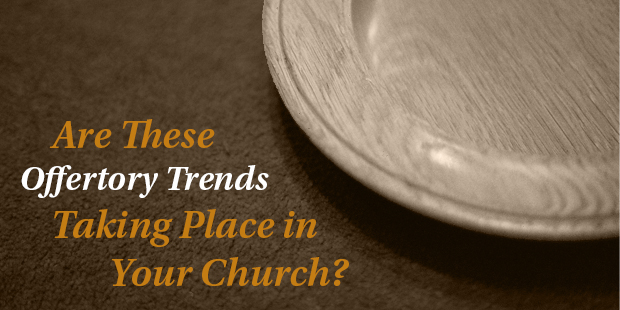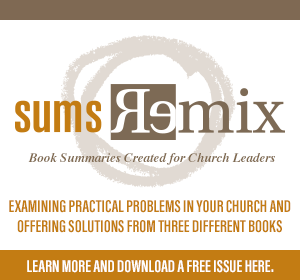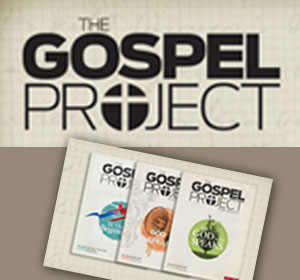
Are These Offertory Trends Taking Place at Your Church?
For most Protestant churches, the offertory is the time of worship where church members make financial gifts to God through the church. It may be combined with special music or announcements, but the central theme is giving to God.
I am seeing seven major trends develop related to this aspect of worship services. The changes have been subtle but noticeable.
- More churches are moving the offertory to near the middle of the service, shortly before the preaching of the Word. This development is a change back to a practice that was most common before 1990. This approach has either an implicit or explicit theological belief that the offertory is a central facet of worship, and should be placed prominently in the service.
- The second most common practice is to have the offertory at the end of the service. The typical rationale for this practice is more related to the flow of the service. The offertory is still deemed important, but the service has a more continuous flow if it is placed at the end.
- Churches that provide the opportunity for online giving see an uptick in overall gifts.Obviously this type of offertory does not take place in a worship service, but it is deemed very important by leaders whose churches offer this option. I am not aware of any churches where online giving has replaced the worship offertory; it is simply another way to give.
- Churches that mail offering envelopes to members also see an uptick in overall gifts. I have heard numerous stories from church leaders of the importance of this church practice. One church leader told me his church eliminated the practice, and offerings declined almost 20 percent. The church reinstated the mailing of offering envelopes pretty quickly.
- Only a relatively few churches have offering boxes for member donations. Most of these churches do not have an offertory time in the service; members are asked to give as they leave the service.
- More churches have some type of testimony or statement about stewardship to accompany the offering. Typically, this statement is about how the funds are used. Members are able to see through videos or testimonies the missional impact of their gifts (See the blog post with Pastor Mike Glenn’s example).
- Relatively few churches receive gifts in their small groups or Sunday school classes. This practice was more common prior to 1990, especially in Sunday school based churches.
From my perspective, the most effective churches in stewardship make certain that items 3, 4, and 6 are common practices to accompany the church’s offertory. Let me hear from you about these seven offertory trends, and let me hear what your church does as well.

Tags: Resourcing, Thom Rainer, offertory, offertory trends












